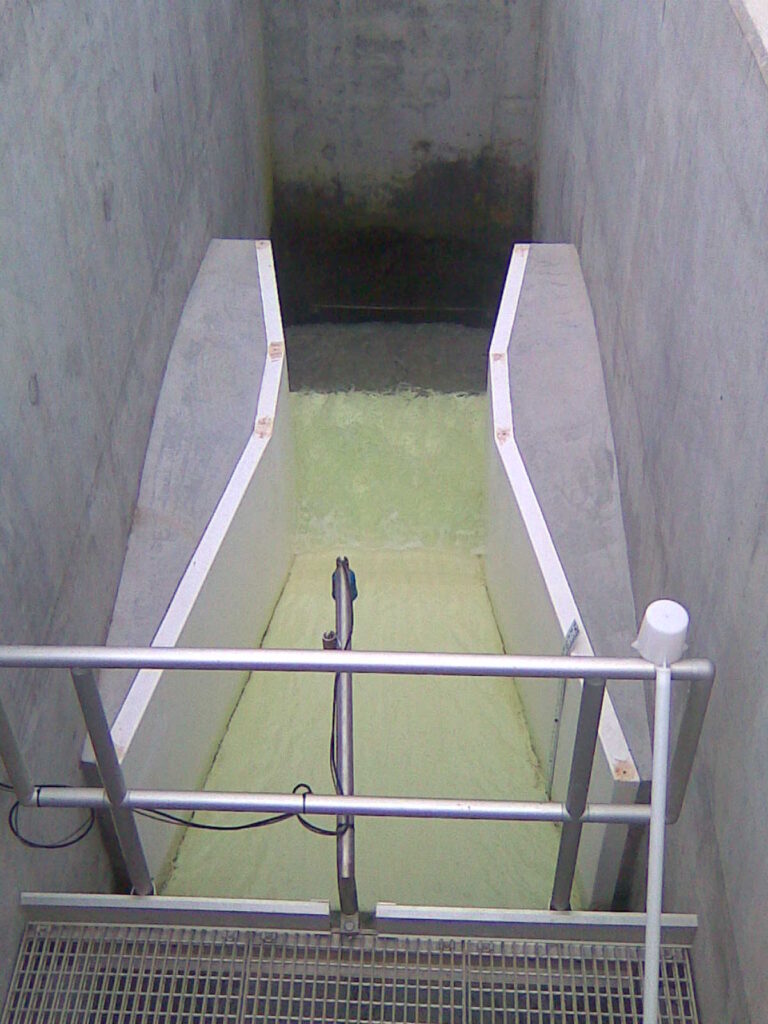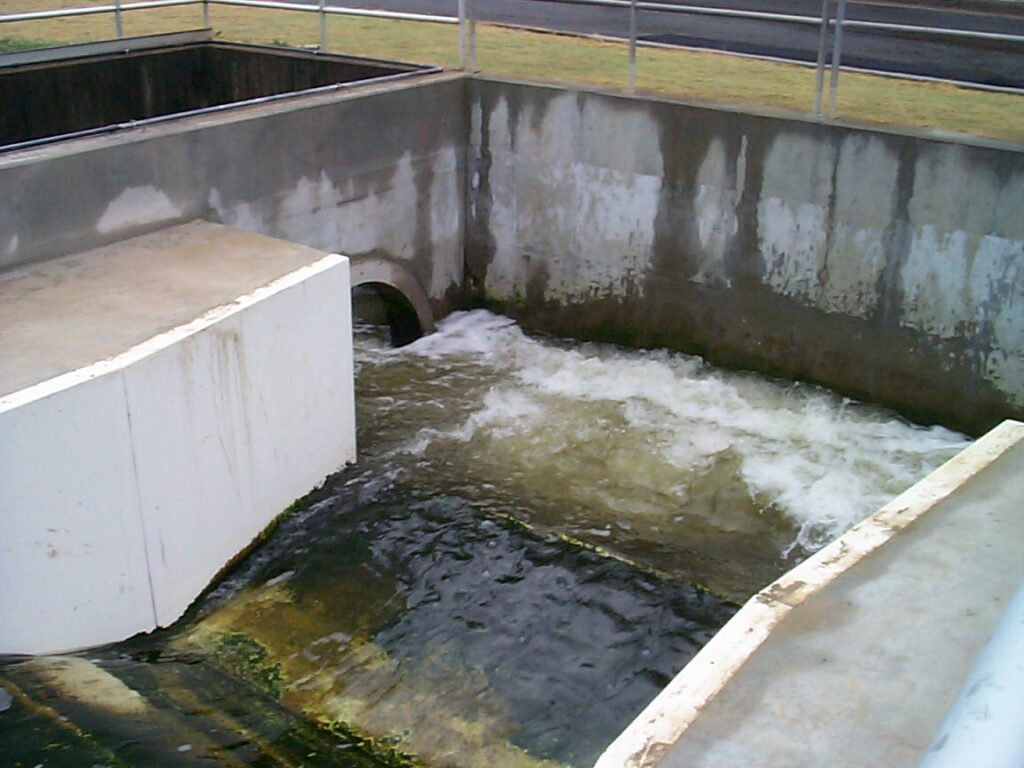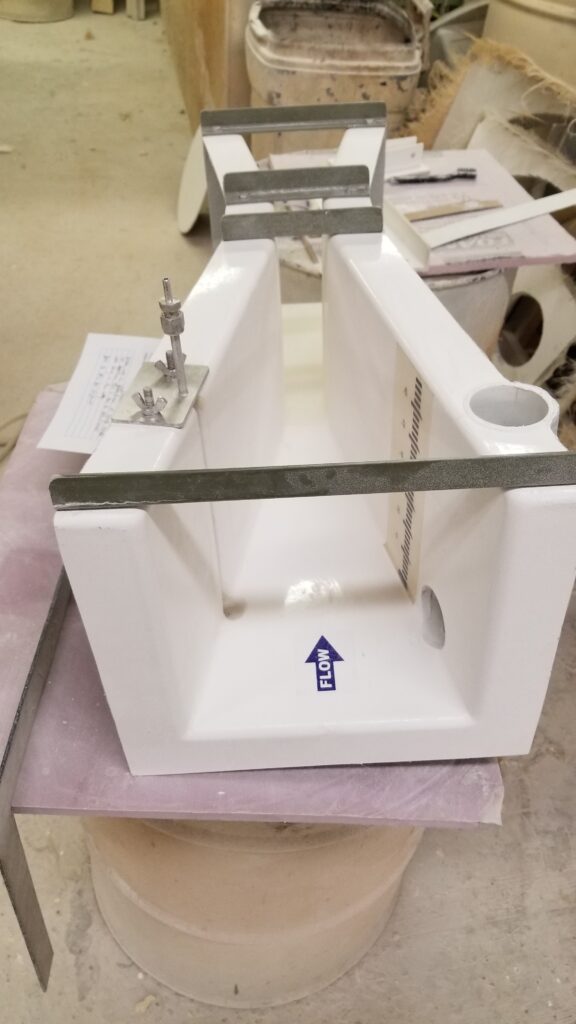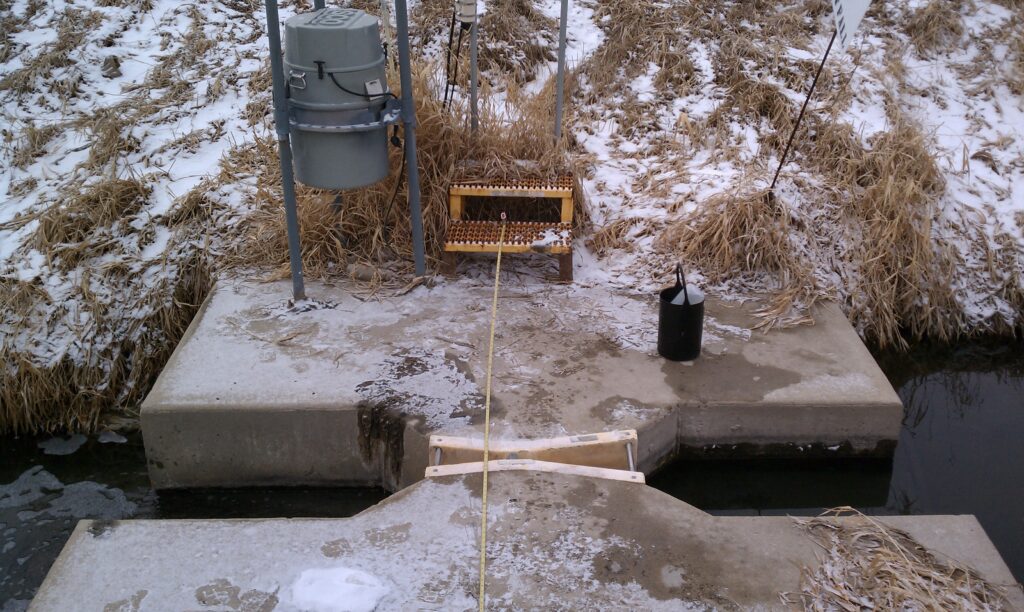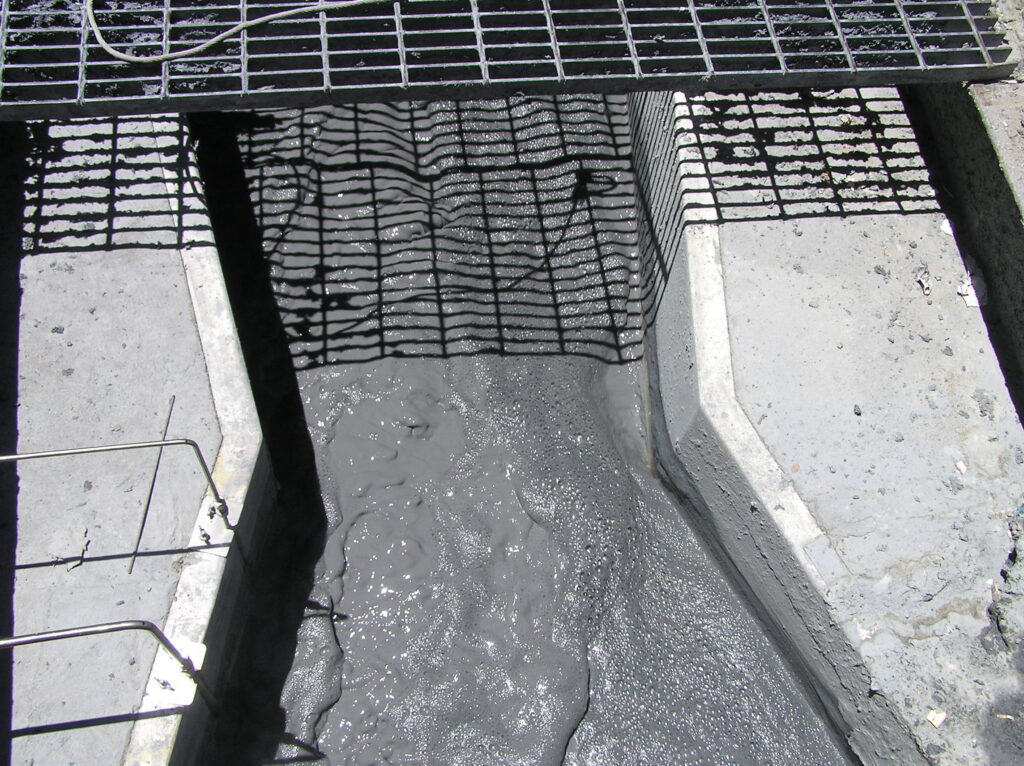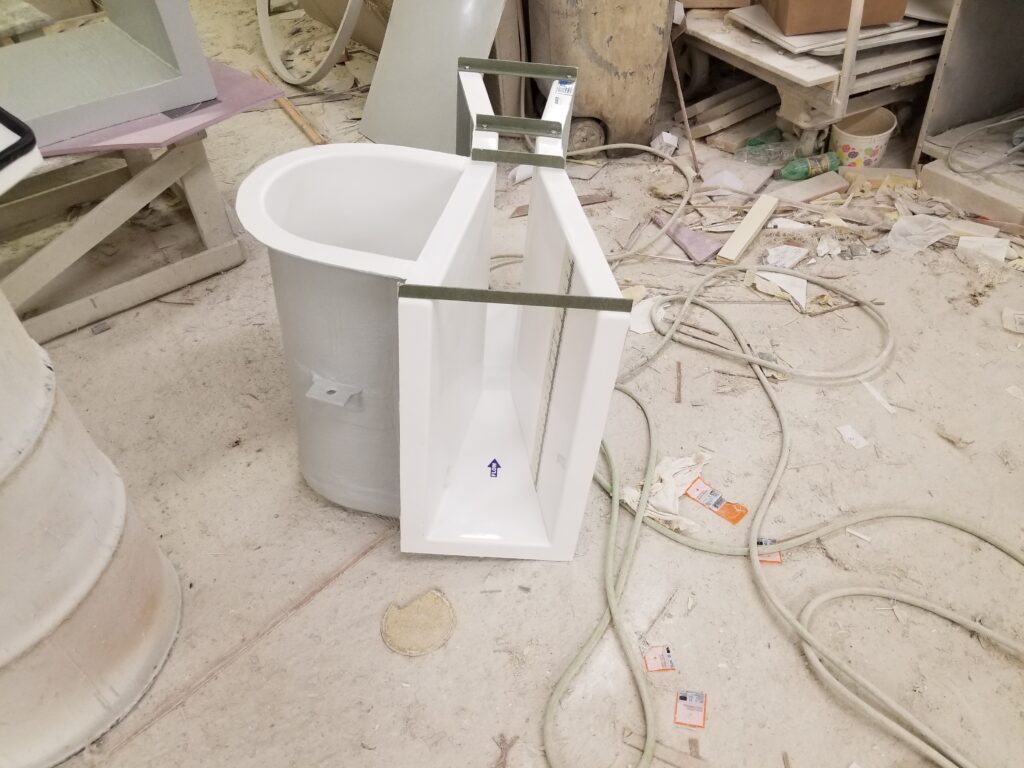An Overview of Parshall Flumes
Those who are setting up their first open channel flow system can be stunned by the sheer range of choices available for devices. Every device has its own strength and weakness, but there’s one that’s a go-to device for those looking to get the most reliable measurements and overall utility. That’s the Parshall flume. If […]
An Overview of Parshall Flumes Read More »


